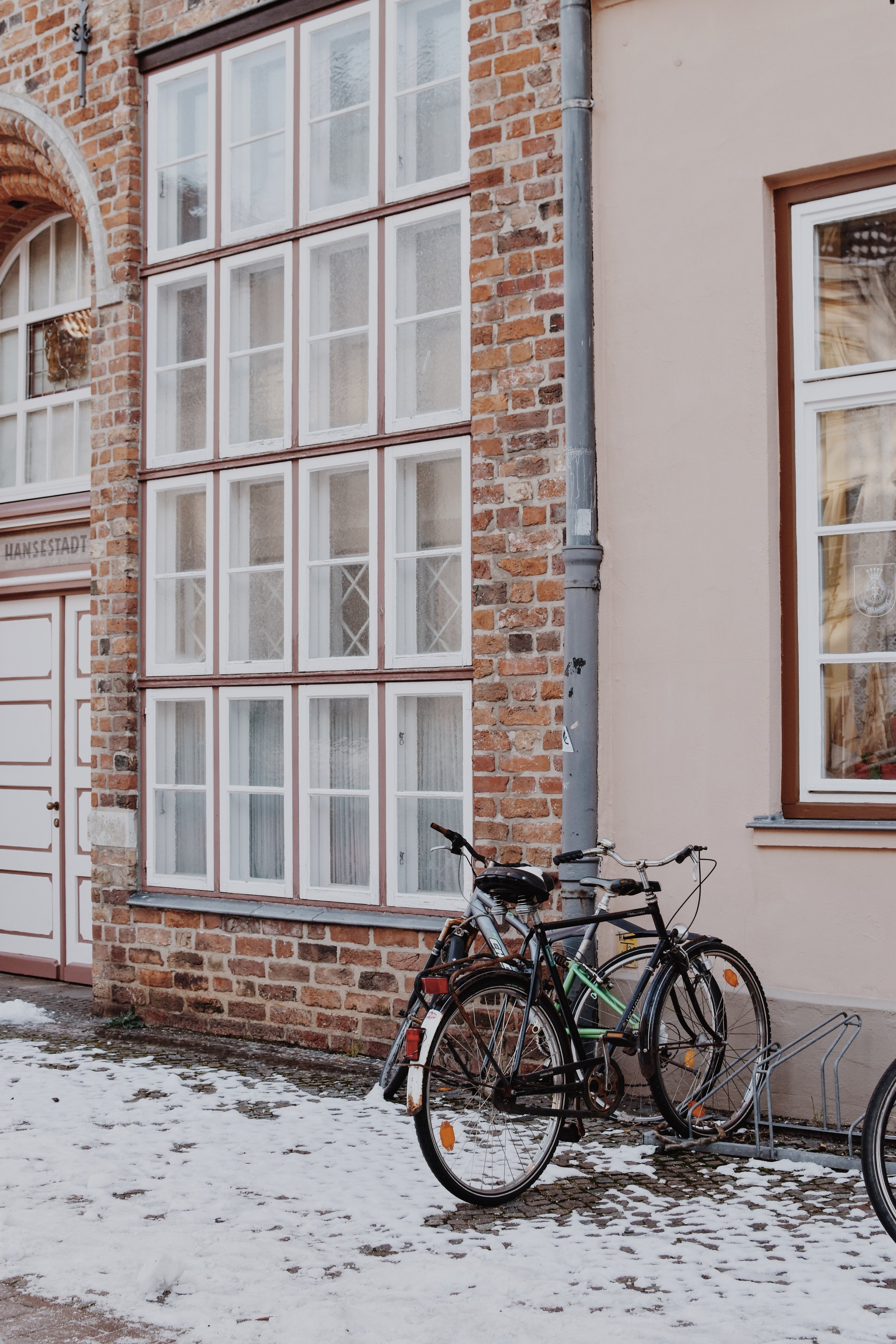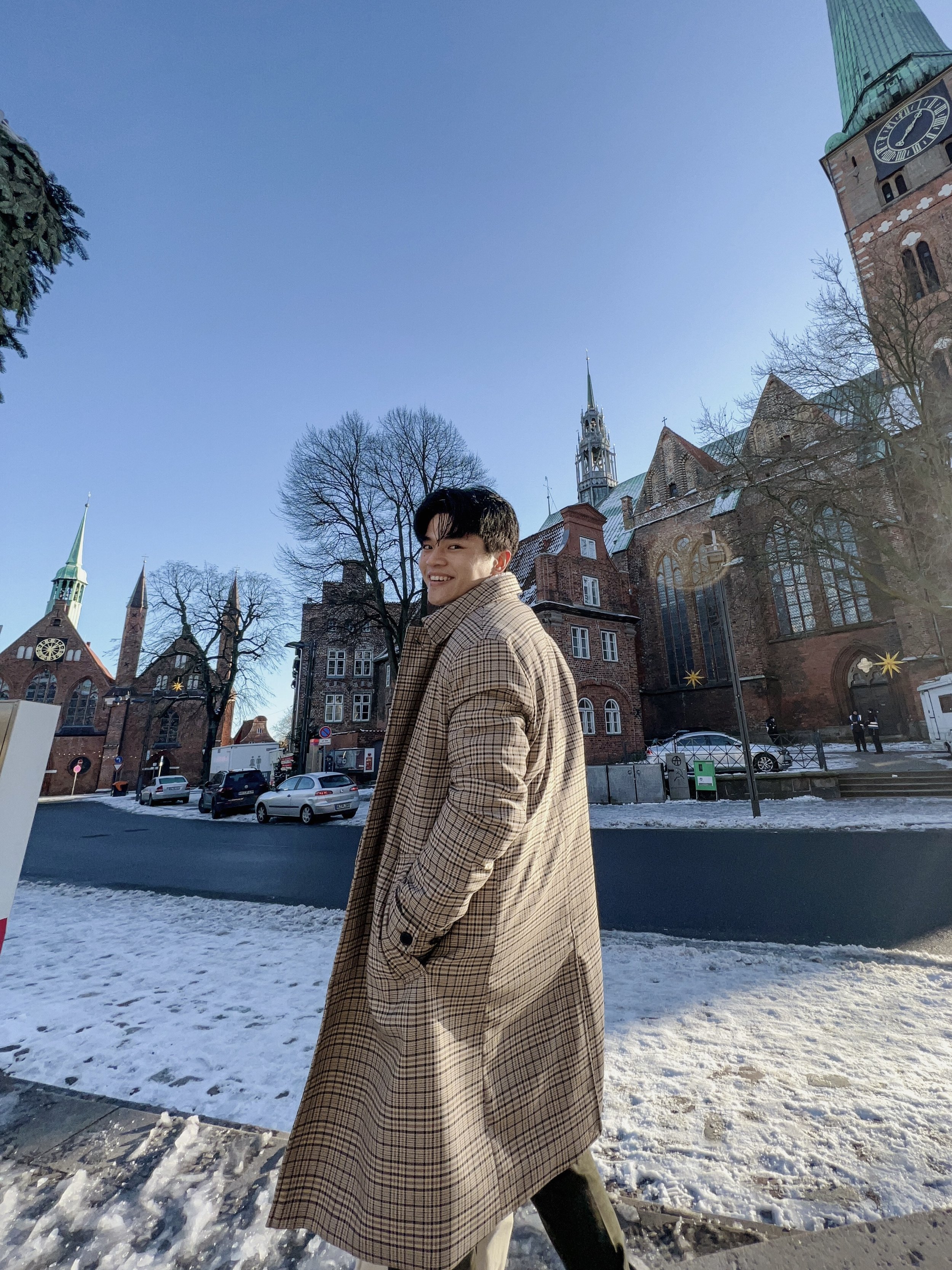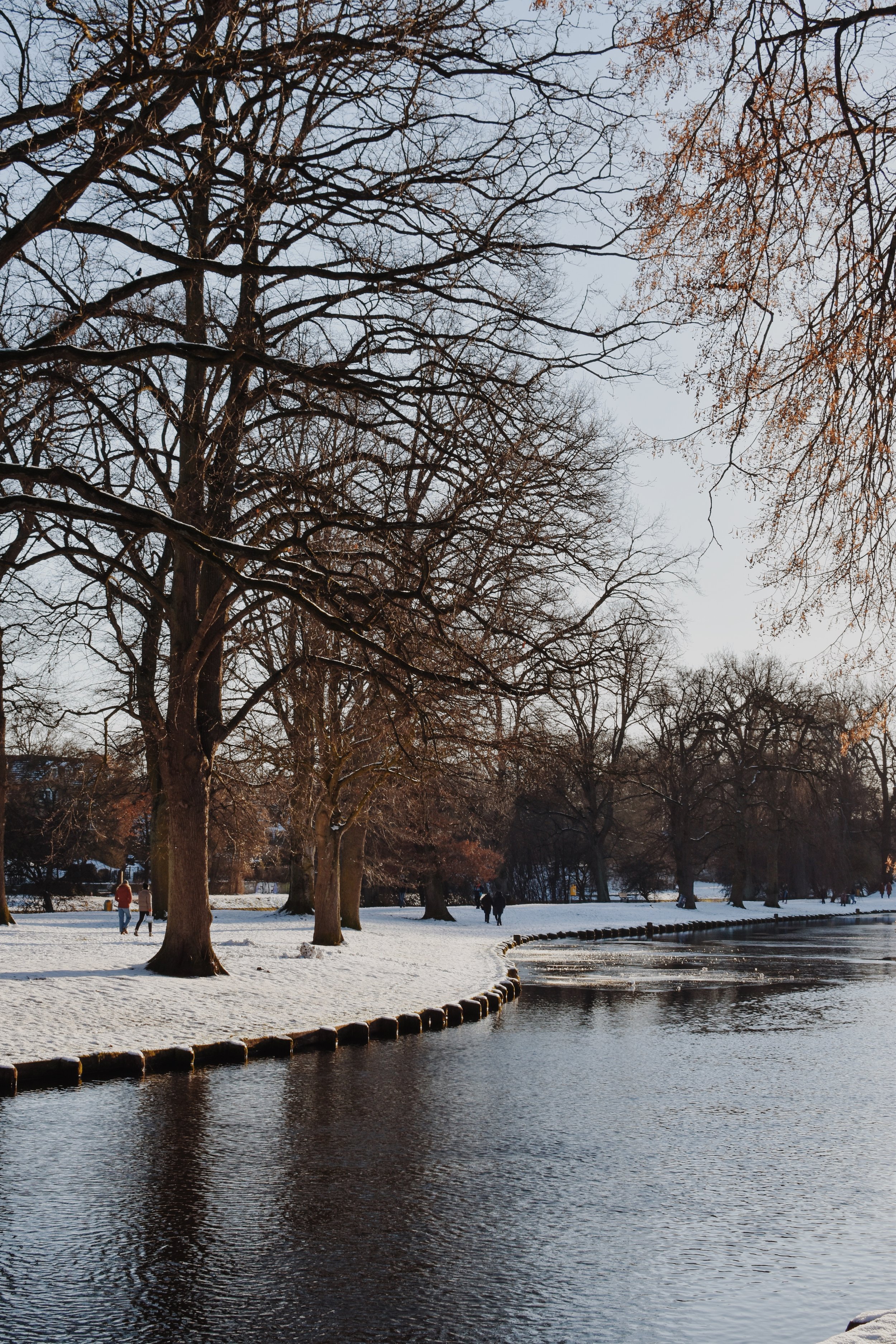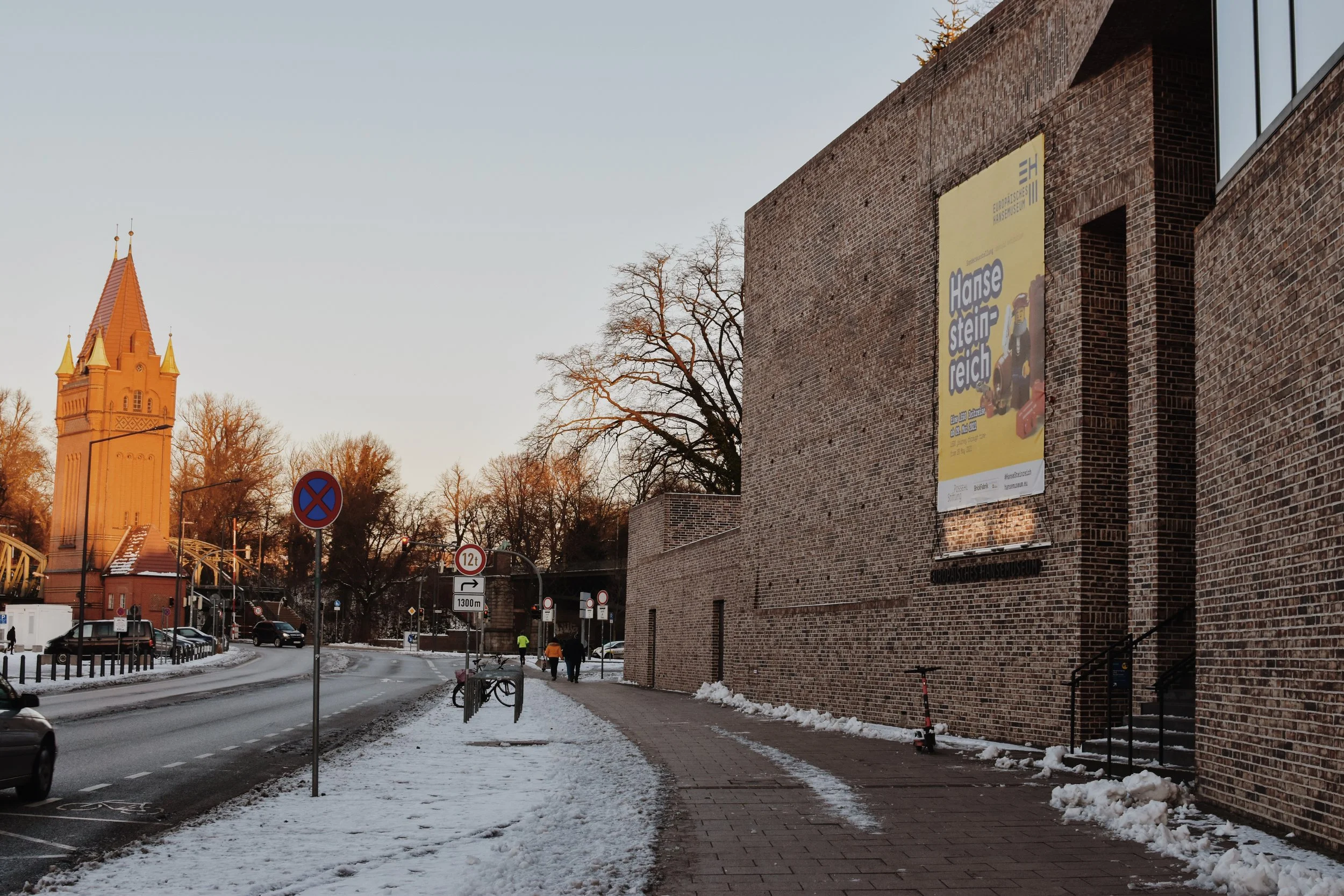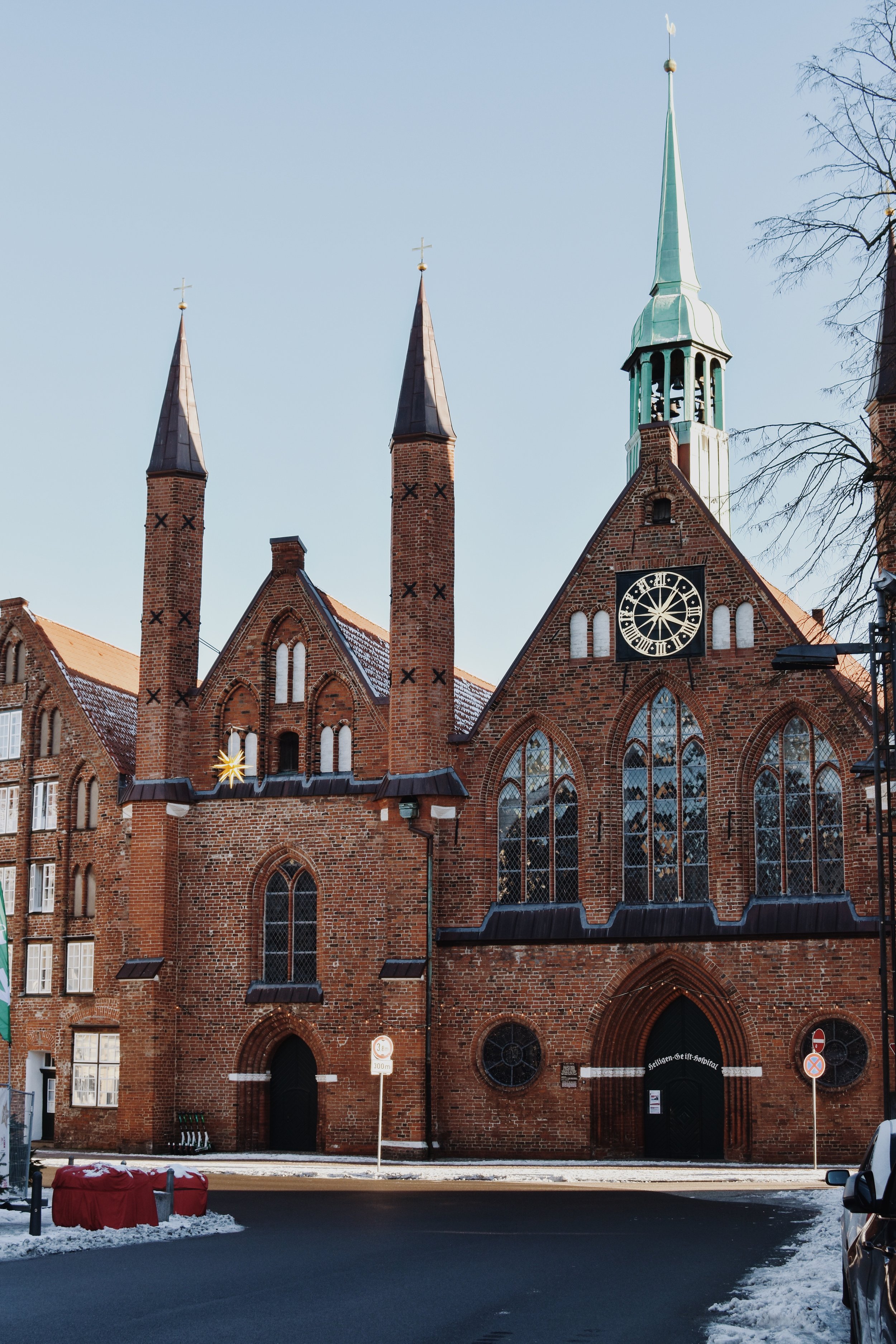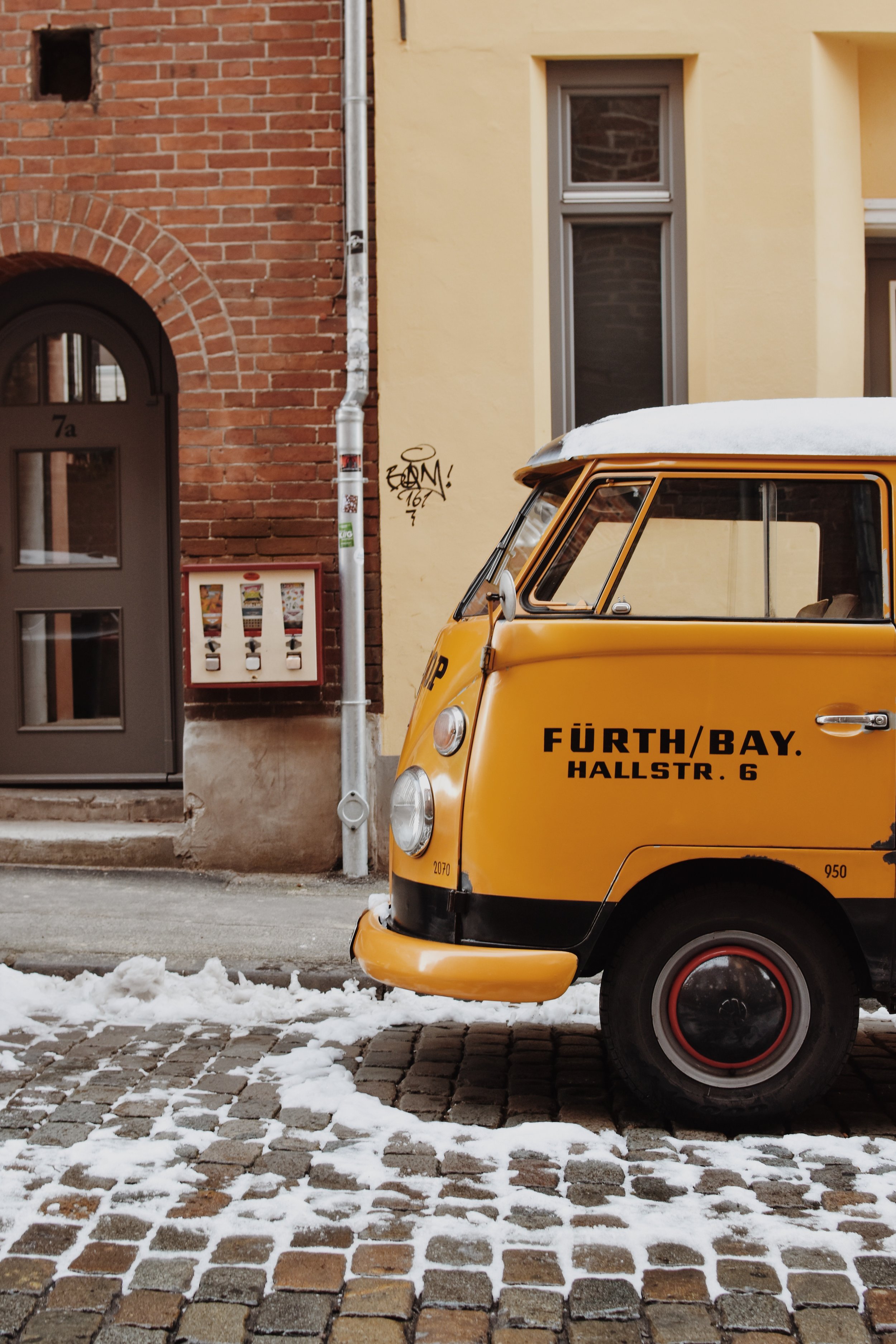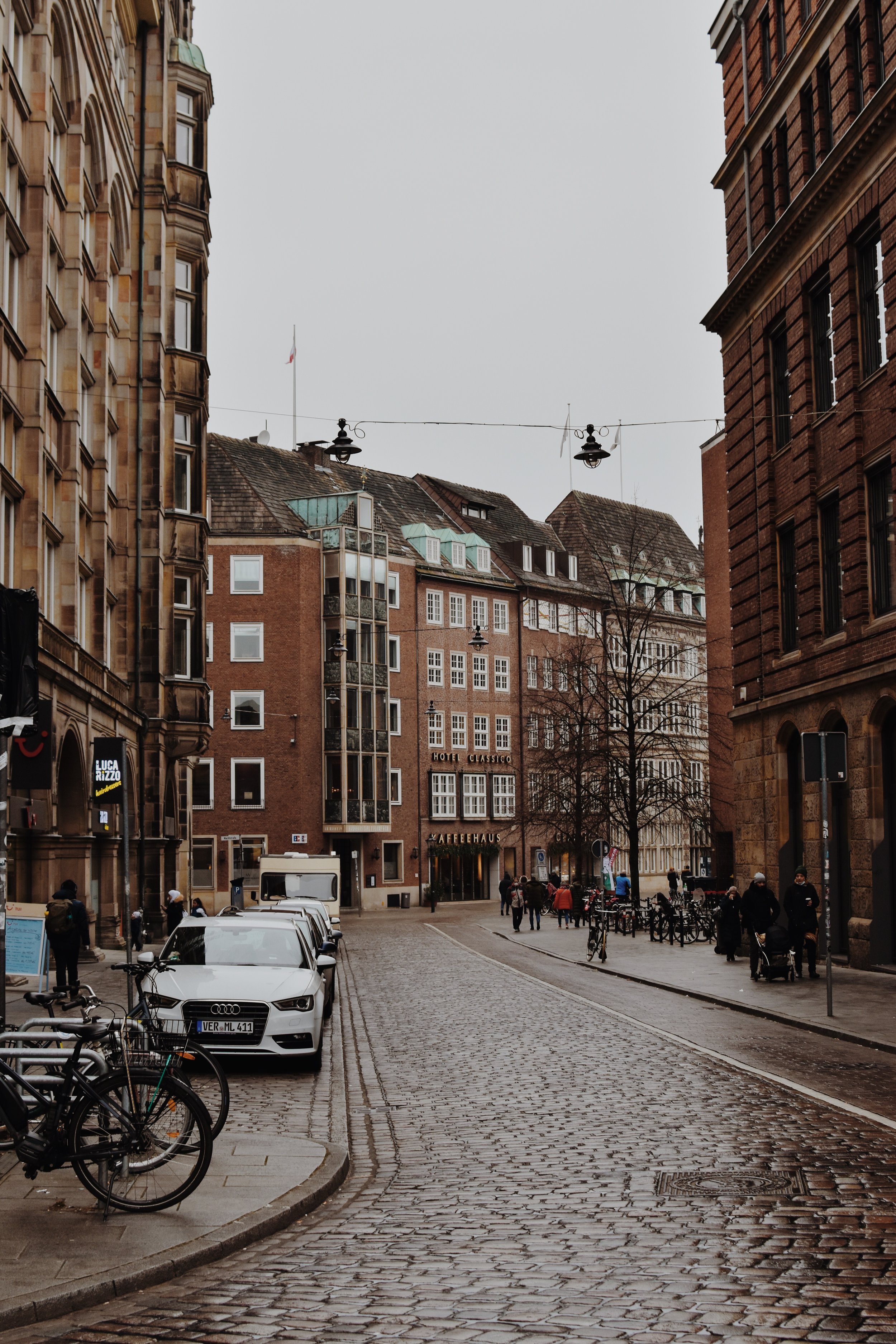Why You Have to Visit Lübeck: A Magical Day Trip from Hamburg
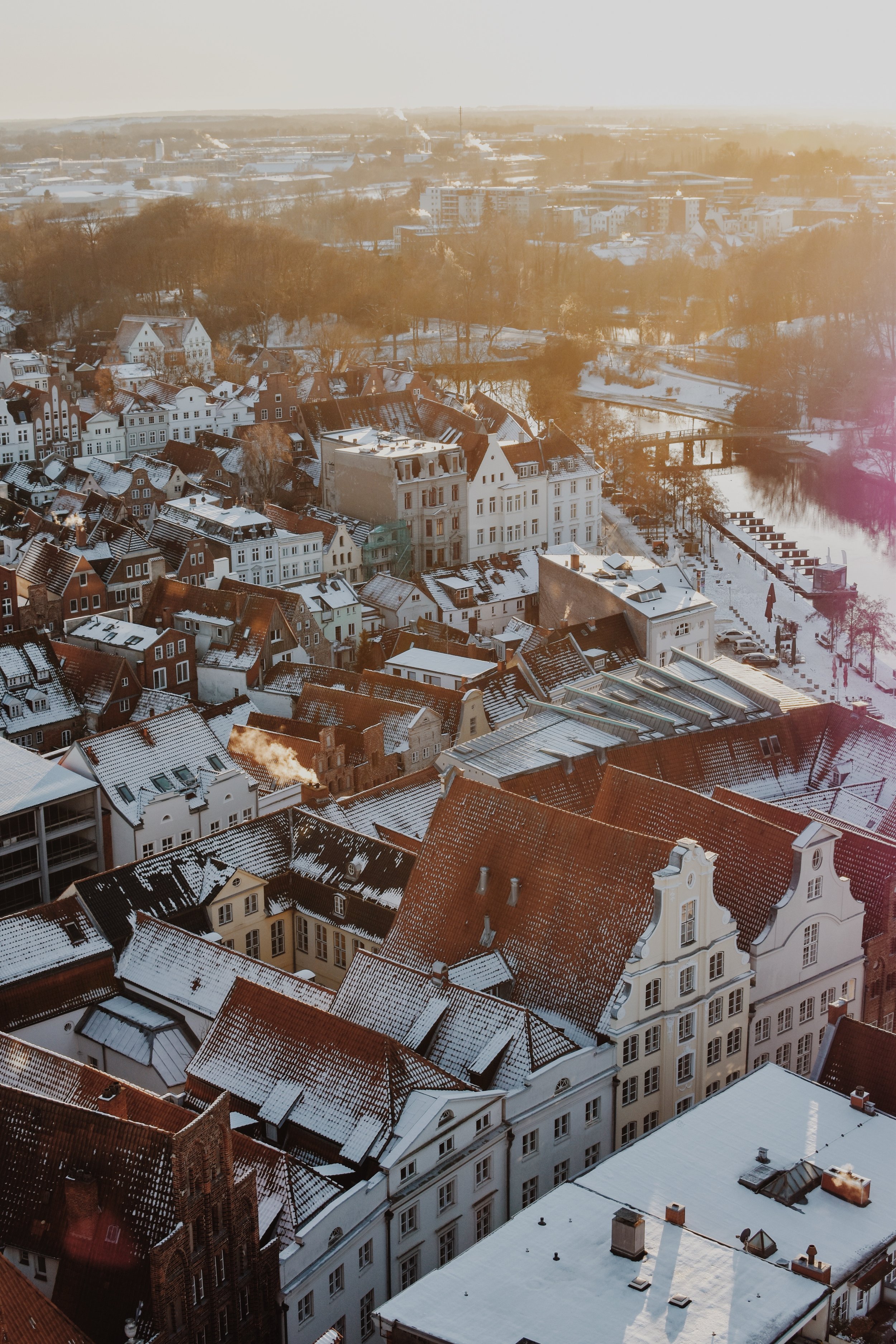
Lübeck is a magical city in the north of Germany, and was part of the powerful Hanseatic League, a powerful merchant guild that controlled the maritime trade between the 13th and 15th centuries.
This vast amount of wealth and power brought riches to the town, and considering it’s diminutive size, there is quite a decent amount to see and do here!
As a town, it’s incredibly charming, and the old town is situated on an island with the River Trave surrounding it.
The city is impossibly beautiful, and considering it’s only 45 minutes away by train from the major port city of Hamburg, two hours from Bremen (also formerly part of the Hanseatic league) and Hannover (the capital of the state of Lower Saxony), it is an easy day trip for many bigger cities which you might find yourself based in.
With that being said, I’d also recommend spending a night here to enjoy a slower pace of life, especially with the achingly gorgeous old town, which I could happily wander for hours.
And oh yes, this is the city that’s known for marzipan, and Lübeck marzipan is known for it’s much higher concentration of almond paste to sugar compared to marzipan produced elsewhere!
So if you’re looking for a beautiful city to visit in northern Germany, look no further.
Altstadt
Of course, we begin with the altstadt, or old city.
As mentioned, the old city is actually located on an island, with the Trave River running an oval around it.
It’s one of the most beautiful old cities I’ve ever visited in Europe (which is saying a lot), and the picture perfect cobblestone streets and pastel coloured houses actually brings to mind little towns in Scandinavia.
There are too many beautiful streets to name, so simply lose yourself in the old town and snap away!
Holstentor
If you’re coming from the main train station, you’ll likely see this before you enter the old city.
Think of it as the gate to the town, and this magnificent red brick gate has actually sunken into the ground!
If you’ll notice, the gate is actually lopsided.
It’s also home to a museum dedicated to the history of the city.
Salzspeicher
Once you walk through Holstentor, you’ll see the Salzpeicher on your right.
This row of historic salt storage warehouses is a stunning red brick architectural marvel, and is reminiscent of architecture you’d see in Bruges, for example.
The river just in front of the warehouses helps make the scene picture perfect.
Courtyards
In the old city, there are many buildings that are now residential homes, and features some of the most achingly beautiful courtyards.
There are many of these littered all over Lübeck, and of course, while you’re happily photographing these photographic corners, do bear in mind these are houses where people actually live in.
So be aware of making too much noise or intruding into the privacy of the locals, and naturally, where there’s a sign to keep out, don’t trespass.
Europäisches Hansemuseum (European Hansemuseum)
If you’re a history buff fascinated by the Hanseatic League, you can’t miss this museum, located in the northern part of the old city facing the river.
As one of the top museums in Lübeck, this interactive museum is a well-kept, detailed (with multiple languages available), and fascinatingly combines tech with history.
You could easily lose 2 hours in here.
Burgtor
While not as famous as the Holstentor, the Burgtor is another gate to the old city, this time at the north of the island.
It’s not much, but it’s beautiful nonetheless, and only minutes away from the Europäisches Hansemuseum so you might as well check it out whilst you’re in the area.
Heiligen-Geist-Hospital
Built in the late 1200s, the Hospice of the Holy Ghost is a charitable foundation that was built for the old, sick and poor.
It’s beautiful on the outside, and the inside plays host to a Christmas market every year!
St. Peter’s Church (St. Petri Church)
No longer a functional church after damage caused in WWII, this church has been restored into an events and exhibition space.
Of tourist interest is the view from the top, which you can (thankfully) take a lift up to to get sweeping views of the old city.
In the winter when snow falls, these snow-capped roofs truly made my fairytale town dreams come true.
Willy Brandt Haus
Willy Brandt was an important figure in German politics, and Lübeck was his birthplace.
The Willy Brandt Haus details his political career and offers an insight into the 20th century.
What to Eat
Niederegger Cafe
Of course, in a city of marzipan, you can’t not try this local delicacy.
Niederegger is not the only manufacturer around, but they’re certainly one of the most famous.
The cafe along Breite Straße attracts many, many visitors.
You can even visit the marzipan museum here!
Schiffergesellschaft
Just across from the Hospice is Schiffergesellschaft, founded 500 years ago as a guild hall.
The elaborate interior offers a one-of-a-kind dining experience, with hearty German food under model ships.


